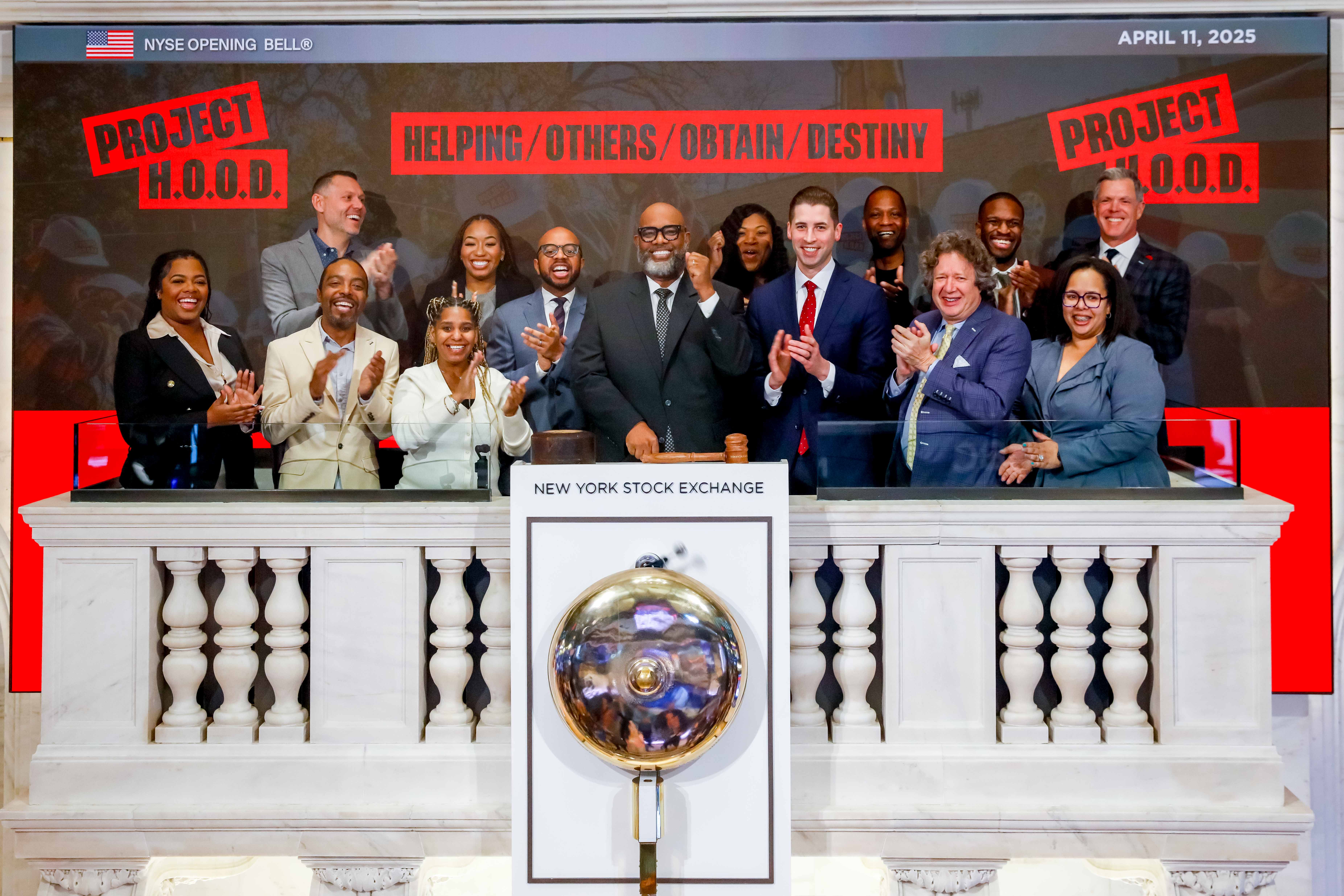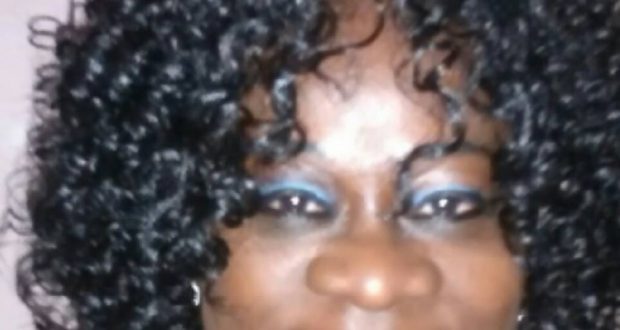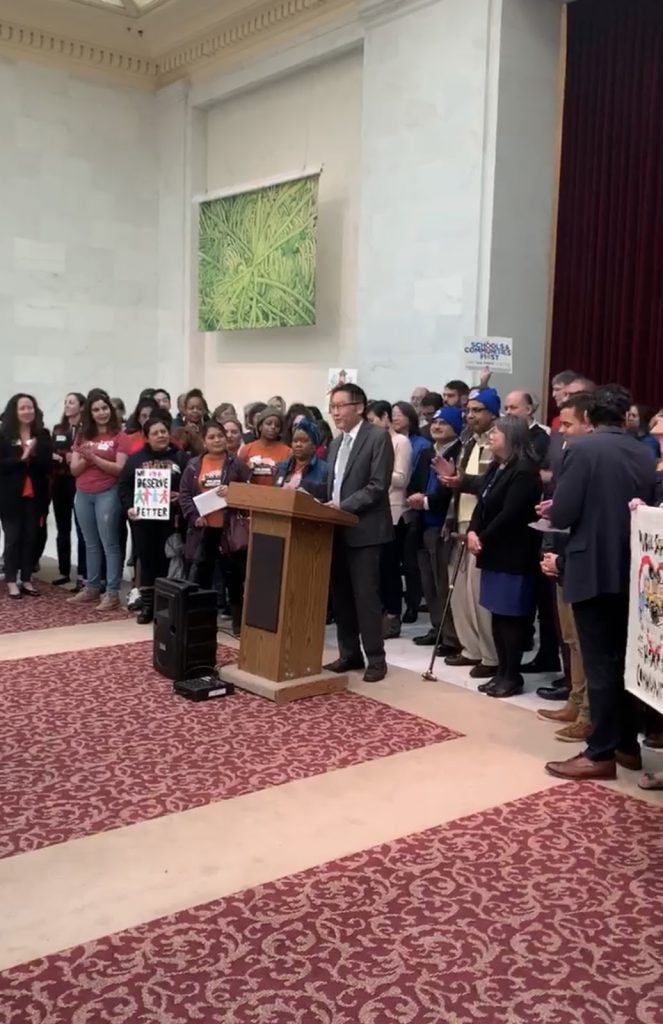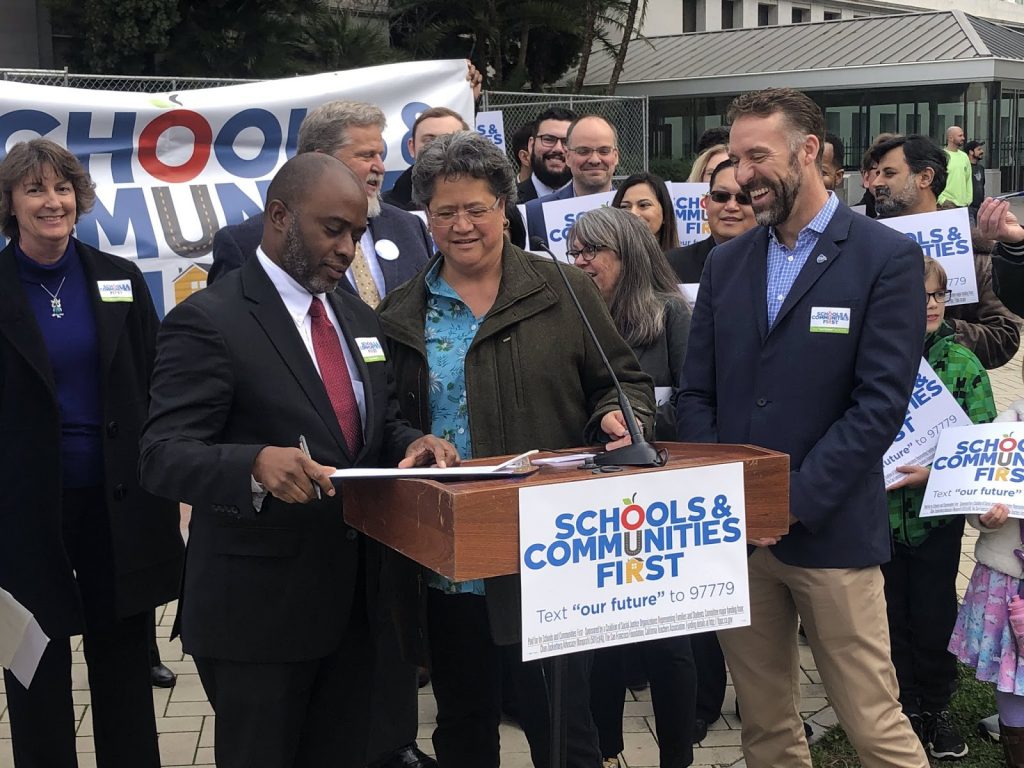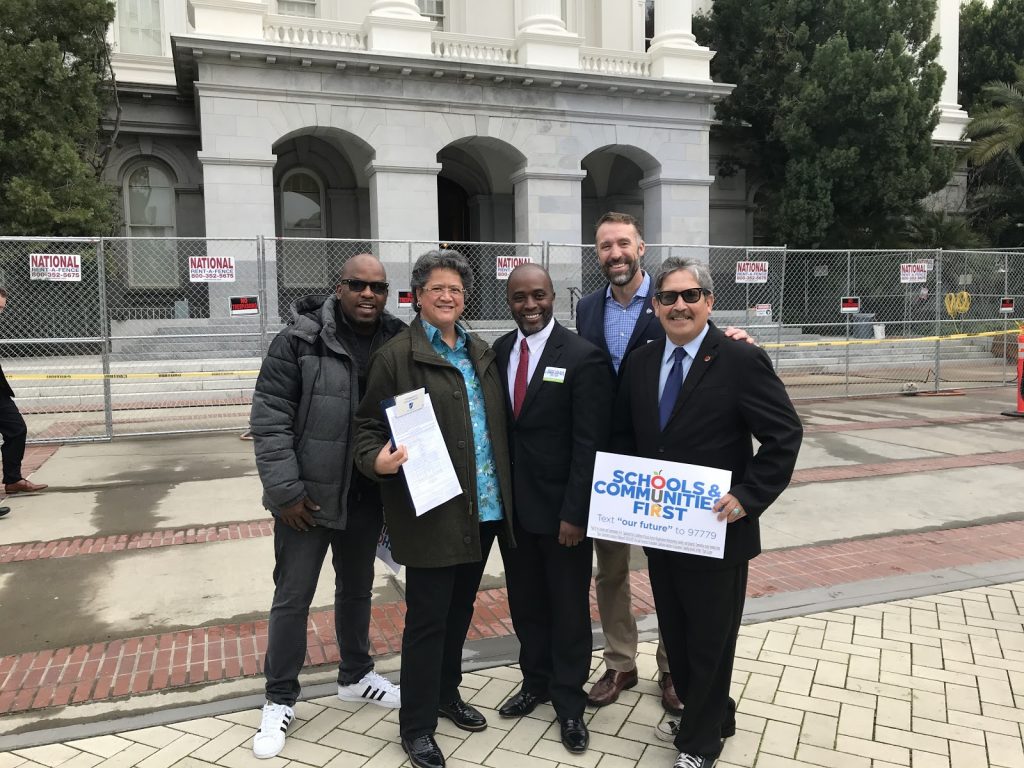By LORRAINE MIRABELLA, BALTIMORE SUN
About 60 strong, the group of mostly African American men walked the streets of East Baltimore on Saturday, talking with residents on porches, greeting drivers at stoplights, handing out flyers about jobs, drug treatment and family support. They invited passers-by to join their growing ranks.
“We’re all we’ve got,” they chanted as they left Faith United Baptist Church on The Alameda. “We’re all we need.”
The men — pastors, activists, residents and others — have been walking three times a week for several months now through different parts of the city. It’s not a march, they say, but a movement. Their mission is to save lives in a city beset by violence.
They see themselves becoming a consistent and trusted presence in neighborhoods where shootings and homicides have become all too common, making connections, mediating disputes, helping residents feel protected and safe. The city ended the year with 348 homicides and the worst homicide rate on record.
“We have to be at the center of the change of saving lives,” Dr. Andrey Bundley, an organizer and director of African American Male Engagement, a division of the Mayor’s Office of Children and Family Success, told the group setting out from the church. “If the state of black men is going to change, it’s going to take black men to inspire and guide black men, first, and then other people of good will.”
Baltimore ending the year with 32% homicide clearance rate, one of the lowest in three decades »
The group is calling for 1,000 men to march during the city’s 20th annual Dr. Martin Luther King Jr. parade on Jan. 20. If their ranks can swell to 1,000 men, they eventually can reach a goal of 10,000, organizers said.
Their efforts are beginning to bear fruit, said Donnell Eley, associate pastor of Faith United. He said 80 people they have met along the walks have been able to find jobs.
The men also are looking to help mediate disputes that can escalate into gun violence.
“The stuff that happens in our city as it relates to the violence, a lot of it is foolishness,” said Andrew Muhammad, one of the organizers. “You’ve got people saying things and then getting murdered about stuff that they said, not about stuff that they’re doing. … It’s mandatory that we engage everybody in the streets. I don’t care if they’ve got two guns on them.”
Dozens of participants on Saturday headed along The Alameda, then down Harford Road. Some climbed porch steps or went in and out of local stores to hand out flyers. A man walking his dog took the dog home and returned to join the walk.
Selena Weatherby, an East Baltimore resident, heard about Saturday’s “call to action” on Facebook and came with her 11-year-old son.
“I hope that we can have some type of unity,” said Weatherby, one of the only women on the walk. “This is definitely something I want to expose my son to and I want to be part of myself.”
Franklin Blackmon, a pastor of Eastside Baptist Church on Preston Street, said he had been a victim of a stabbing near his home. Still recovering and unable to make the entire walk, he followed the parade of participants in his car.
“We’ve got to do what we need to do to make a change,” Blackmon said. “Change is inevitable, but we’ve got to make sure to be out and be visible, so that people can see.”
 Westside Story Newspaper – Online The News of The Empire – Sharing the Quest for Excellence
Westside Story Newspaper – Online The News of The Empire – Sharing the Quest for Excellence



